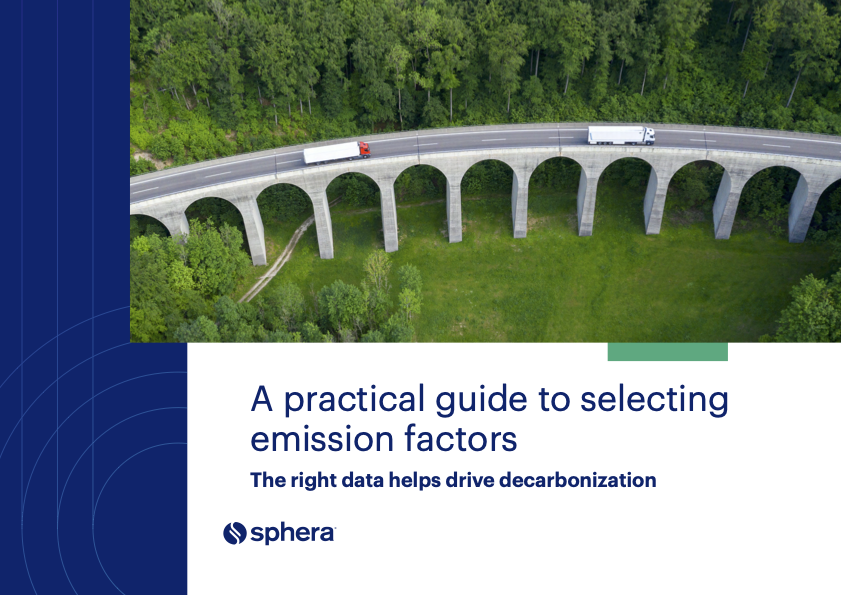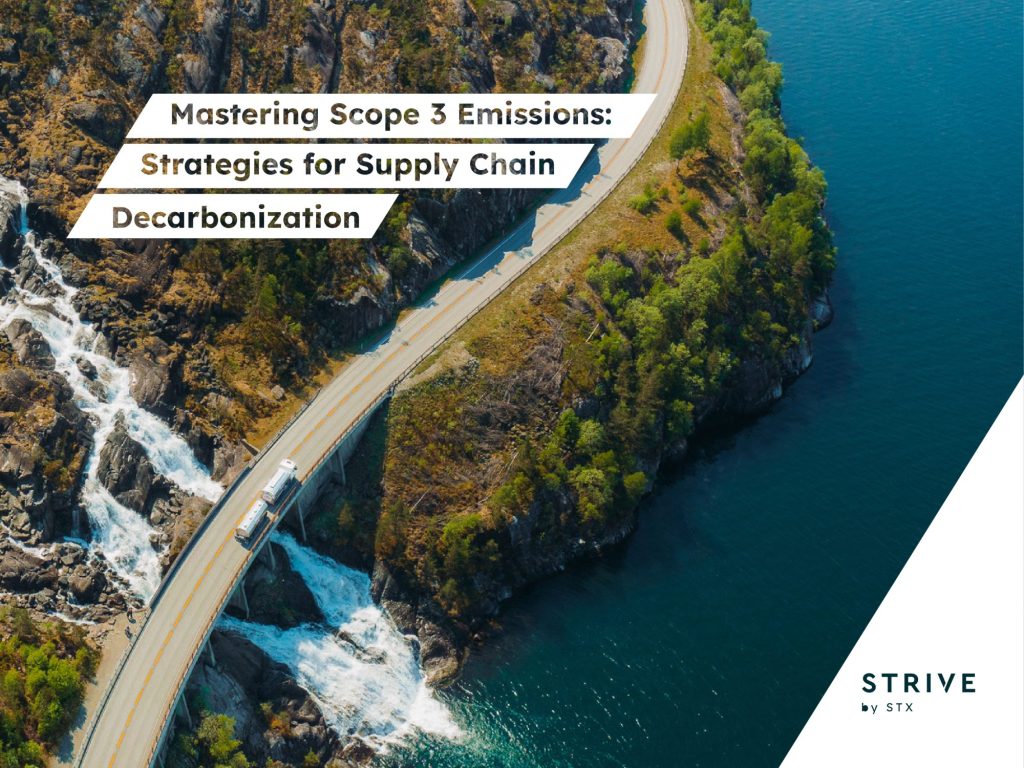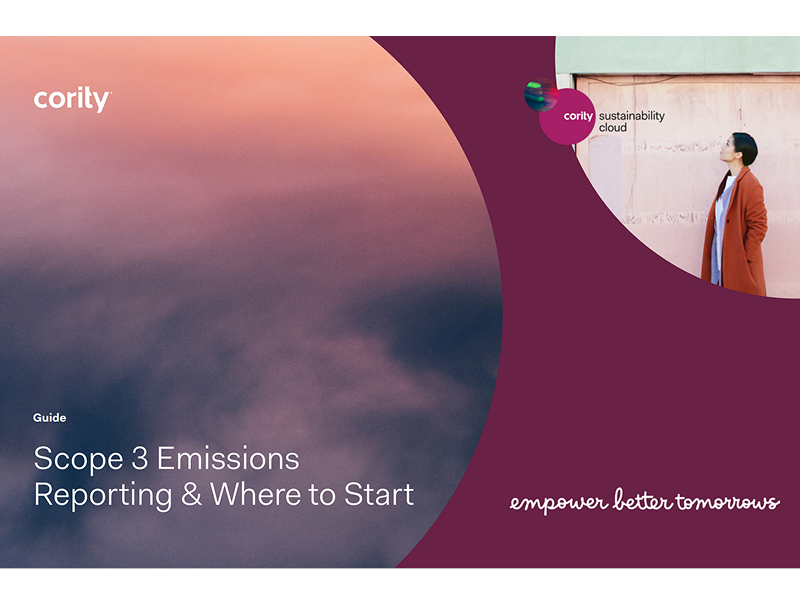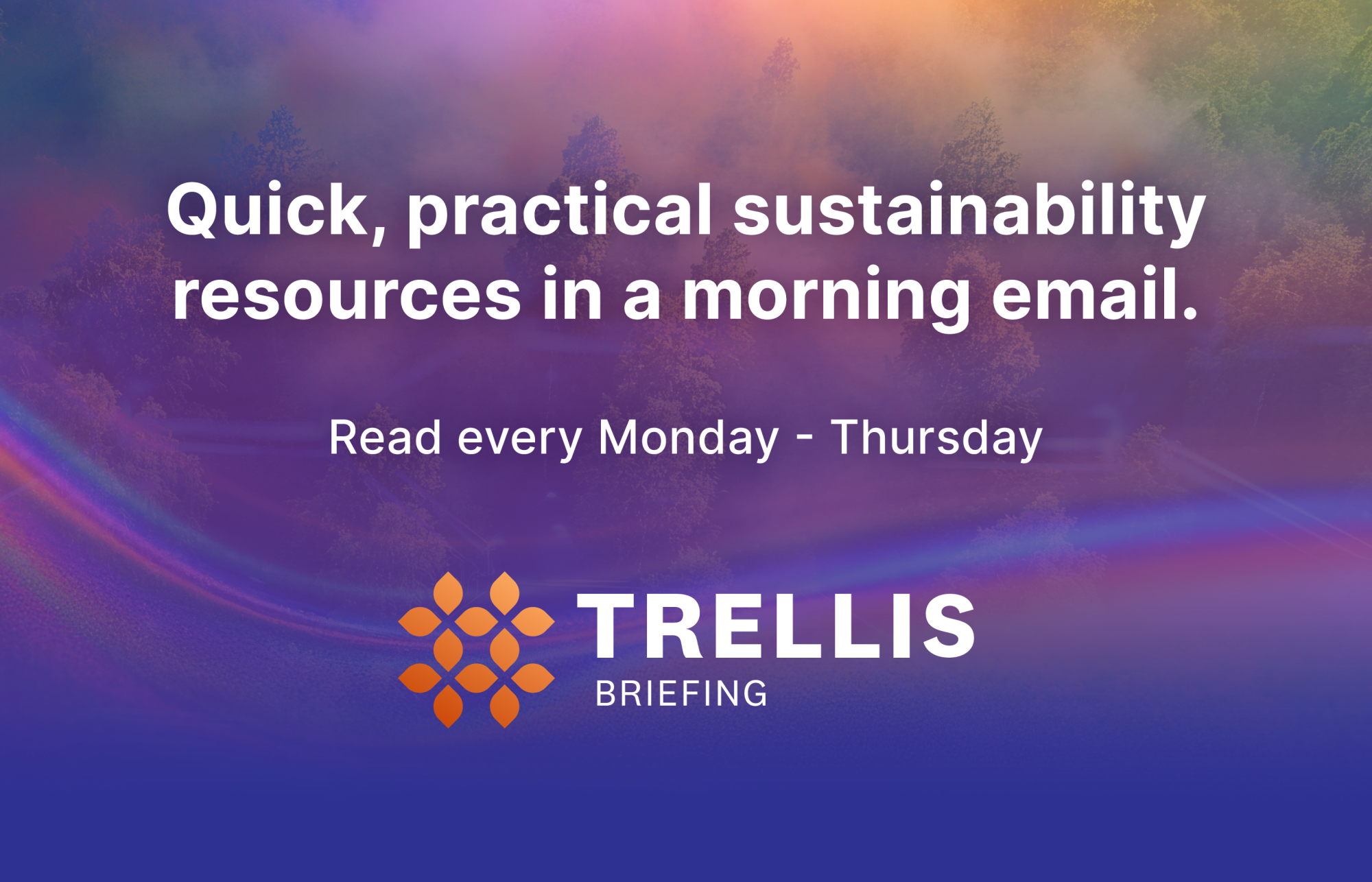How Lime is aiming to slash its emissions intensity by 97 percent
The shared mobility company, which is tracking ahead of its goal, must do “virtually everything right” if it is to succeed by 2030. Read More

-
- Lime is targeting Scope 1 and 2 cuts of 90 percent by 2030, together with that 97 percent drop in Scope 3 emissions intensity.
-
- The company’s 2024 data shows it tracking ahead on both goals.
-
- Reducing emissions associated with purchases of vehicles and batteries is the biggest challenge.
Corporate sustainability sometimes feels like an impossible choice: growth or emissions reductions — choose one, and only one.
Thankfully, it’s not always this way. In 2024, the total distance traveled by riders using electric vehicles from the shared mobility company Lime was almost double the number two years previous. And the emissions? “Virtually the same,” said Andrew Savage, the San Francisco-based company’s vice president of sustainability.
Trellis talked to Savage about how Lime pulled this off and the challenges that lie ahead as the company approaches a highly demanding 2030 target.
Progress to date
Lime was founded in 2017 and now offers electric bikes, scooters and seated scooters in 280 cities in 30 countries. It claims to be the world’s largest shared electric vehicle business.
The company had its near-term and net-zero targets approved by the Science Based Targets initiative (SBTi) in 2023, the same year it announced that it was profitable. The targets require Lime to reduce absolute Scope 1 and 2 emissions 90 percent by 2030, from a 2019 base year.
As a growing company, it’s adopted an intensity target for Scope 3 rather than setting an absolute goal: emissions from purchased goods and services, capital goods and upstream transportation and distribution per rider kilometer are targeted to fall 97 percent within the same timeframe.
“That enables us to grow the business,” said Savage. “But we’ve got to grow more efficiently or we’re not going to meet our goal.”
Lime’s 2024 sustainability report includes data showing that the company is tracking ahead of schedule for both goals. Scope 1 and 2 emissions, which include company facilities used to repair vehicles and recharge batteries, have fallen 76 percent since 2019. Scope 3 emissions intensity is down 63 percent.
These cuts have been achieved in parallel with a four-year streak during which the company hit at least 30 percent growth in gross bookings annually.
How to balance growth with emissions
Lime’s biggest emissions challenge during its growth spurt has been Scope 3 emissions, which in 2024 made up 98 percent of the roughly 110,000 metric tons of carbon dioxide equivalent (tCO2e) it emitted. The largest category within the scope by far were capital goods, which include the embodied emissions in vehicles and batteries the company purchases.
Savage summed up the challenge: “How do we simply provide more of a service without needing to buy as many vehicles or parts? That comes down to hardware design, designing for modularity and circularity, designing for longer life.”
Specific moves include switching to batteries from the South Korean company LG that are manufactured in facilities that run on renewables, as well as standardizing operating procedures so that Lime’s warehouses around the world take the same approach to repairs. Even combating theft plays a role: One change that limited emissions growth was redesigning the vehicles to make the batteries harder to steal.
To cut transport emissions, which made up 13 percent of the Scope 3 total and include energy used moving vehicles to and from warehouses, another battery change has proved critical.
“One of the biggest things that we’ve done is shift to a swappable battery model,” said Savage. “Originally the battery was housed within the vehicle and made to be tamper proof, but it also made it really hard to swap a battery and have them charge. That single act has enabled us to cut the in-market logistics significantly.”
Savage credits a leadership commitment to sustainability for bringing the organization together to cut emissions.
“It goes back to the notion that we have a business built around emissions-free and sustainable transportation,” he said. “From the top down — including our CEO, Wayne Ting — we’ve set a really clear understanding within the company that this is a priority.”
Proof point: One of the company’s three top-level OKRs — Objectives and Key Results, a popular goal-setting framework — concerns sustainability. Savage also runs Lime’s Sustainability Council, which meets quarterly and includes Ting alongside the company’s COO, CSO and CBO.
Hitting and holding a 97 percent cut
Despite its progress, Lime still has a mountain to climb if it’s to hit its ambitious target of slashing Scope emissions intensity by 97 percent by 2030. It’s SBTi net-zero goal then requires the company to hold the intensity at that level until 2050.
Capital goods remain a mighty challenge. For all Lime’s work, emissions from this category have risen 7 percent since 2019. Strategic sourcing of low-carbon batteries and battery covers is a focus, said Savage. He’s tracking developments at ELYSIS, for example, a Canadian startup with a low-carbon method for producing aluminum that counts Apple among its backers
To tackle transport emissions, Lime is transitioning its operational fleet to 100-percent electric, which raises a host of questions. “We just cracked 70 percent,” said Savage. “Does the warehouse have parking? Does the warehouse have electrical capacity? How much does it cost to upgrade to get electrical to where the parking is? Those are some real challenges.”
Lime has also issued a request for proposals from low-carbon logistics operators, added Savage.
“It’s daunting,” he said, “because we need to do virtually everything right.”

Subscribe to Trellis Briefing
Featured Reports

The Premier Event for Sustainable Business Leaders
















